Letter of Transmittal Template for Effective Communication
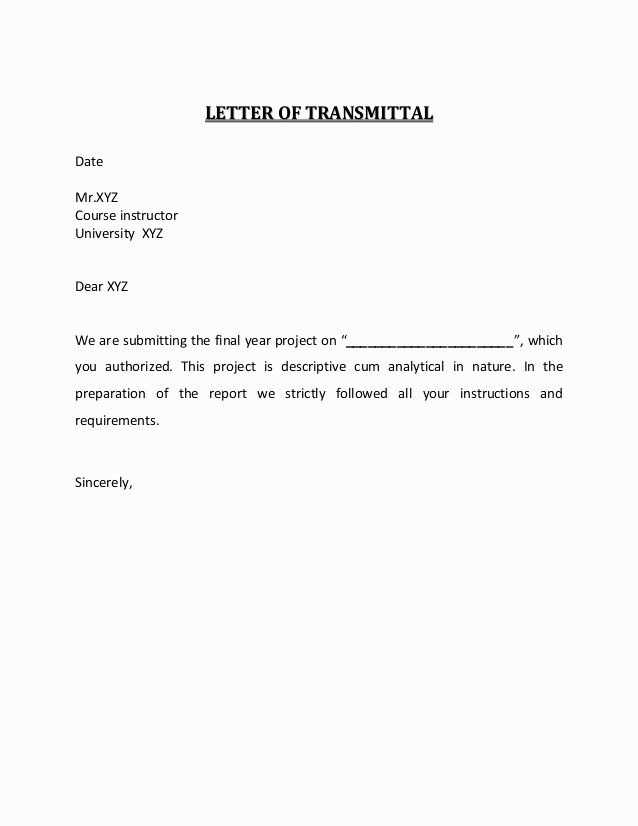
In business and professional communication, sending important materials often requires an accompanying note or letter that introduces and explains the enclosed content. This essential communication tool ensures that recipients understand the purpose of the documents they receive. Whether for a report, proposal, or project, having a well-written introduction is crucial for clarity and professionalism.
Crafting an effective introductory letter is key to making a strong first impression. By following a structured format, you can ensure that your message is clear, concise, and informative. The right approach not only provides the recipient with necessary details but also sets the tone for the content being delivered.
Utilizing a standardized format can save time and help maintain consistency across various business communications. With the proper structure in place, your letter will serve as a useful guide for the recipient, enhancing the effectiveness of your correspondence.
Understanding the Purpose of a Covering Document
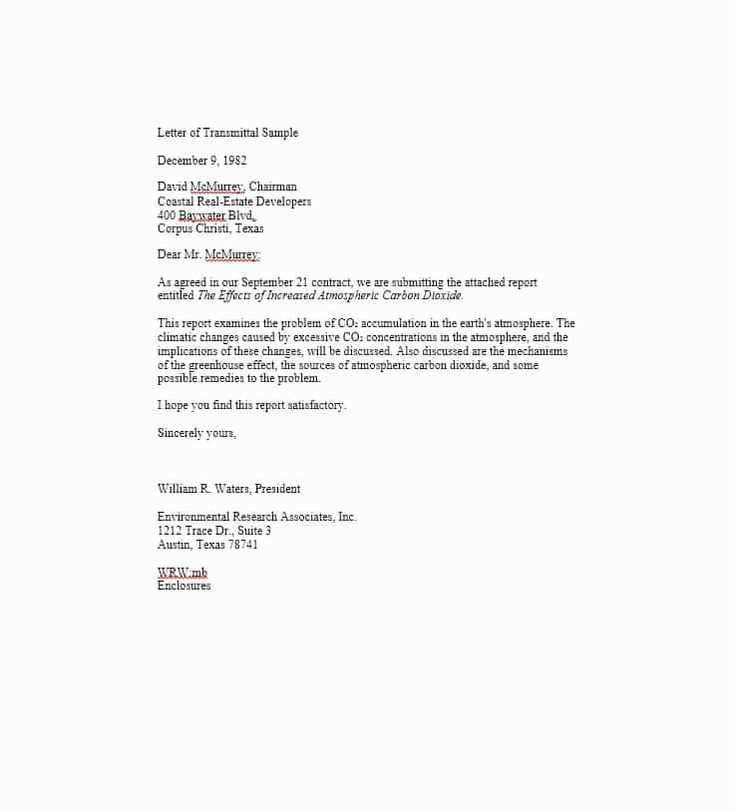
When sending important materials, it’s essential to include a brief note that outlines the purpose of the enclosed content. This document serves as a guide for the recipient, helping them understand what they are receiving and why it is important. It offers context and clarifies any instructions or actions that may be required.
The main goal of this document is to ensure smooth communication between parties. It acts as an introductory statement, establishing the intent of the enclosed files and often summarizing key points. This is especially valuable when dealing with complex or lengthy reports where the recipient may need a clear overview before reviewing the entire content.
By providing relevant details upfront, this document helps recipients quickly understand the significance of what they’ve received, reducing confusion and improving efficiency. It also adds a professional touch to any correspondence, reinforcing the sender’s attention to detail and organizational skills.
Key Elements to Include in Your Document
When drafting an accompanying note for important materials, there are several key components that ensure the document is clear and effective. These elements help convey the necessary context, instructions, and details, making it easier for the recipient to understand the purpose of the enclosed content.
Introduction and Purpose
Begin with a brief introduction that identifies the purpose of the document. Clearly state what is being sent and why. This section should include any relevant background information to help the recipient understand the significance of the materials they are receiving.
Details of the Enclosed Items
It is crucial to include a list or description of the items being sent. This provides clarity and ensures the recipient knows exactly what to expect. You can mention specific pages, sections, or points that are particularly important for review or action.
How to Format a Covering Document
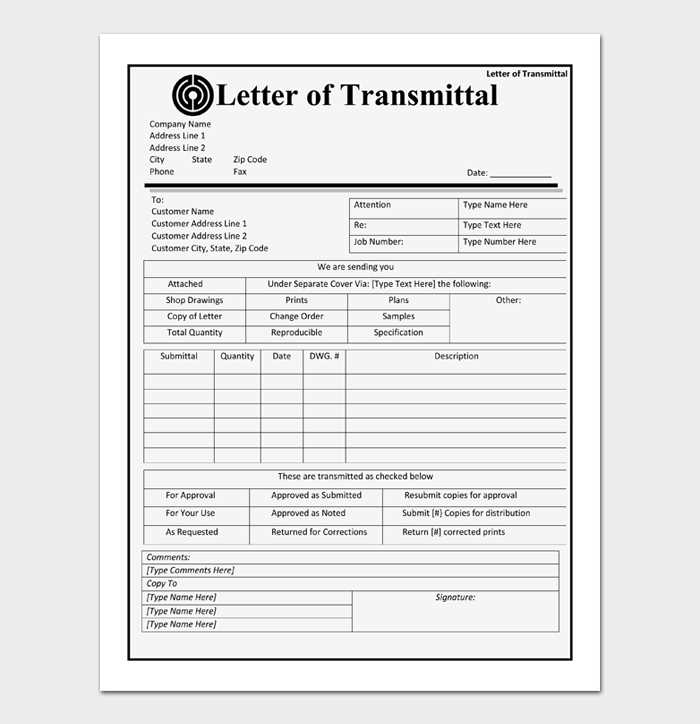
Proper formatting is essential when drafting an introductory note to accompany important materials. A well-structured document not only ensures clarity but also enhances professionalism. Following a standard format helps communicate your message efficiently and allows the recipient to easily grasp the purpose of the enclosed content.
Start with a clear header that includes your name, position, and contact information, followed by the date. This provides a formal introduction and sets the tone for the document. Next, address the recipient in a professional manner and include a concise subject line that highlights the main purpose of the communication.
After the greeting, begin the body of the document with a brief explanation of the materials being sent. Make sure to clearly mention any actions the recipient may need to take or any key points they should focus on. Conclude with a polite closing statement and your signature or name for a personal touch.
Common Mistakes to Avoid When Writing
While crafting an accompanying document for important materials, it’s easy to make small errors that can affect the clarity and professionalism of your communication. Avoiding common mistakes can help ensure your message is well-received and that the recipient fully understands the purpose of the enclosed items.
Overcomplicating the Message
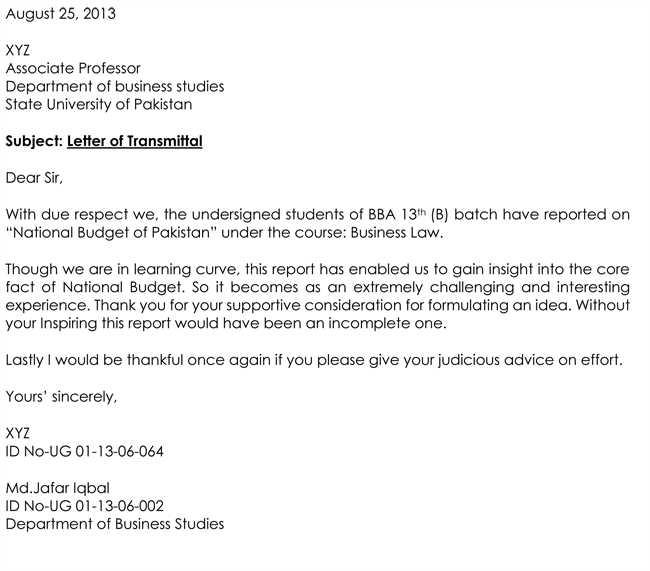
One of the most common mistakes is using overly complex language or unnecessary jargon. Keep your writing simple and direct to make sure the recipient can quickly understand the purpose of the document. Here are some tips to avoid confusion:
- Avoid long, complicated sentences.
- Use clear and concise language.
- Stick to the main points without over-explaining.
Missing Important Details
Another frequent issue is leaving out essential information that the recipient needs. Always double-check that you’ve included the following key points:
- Clear identification of the documents being sent.
- Any actions the recipient needs to take.
- Context or background information if needed.
Practical Examples of Accompanying Documents
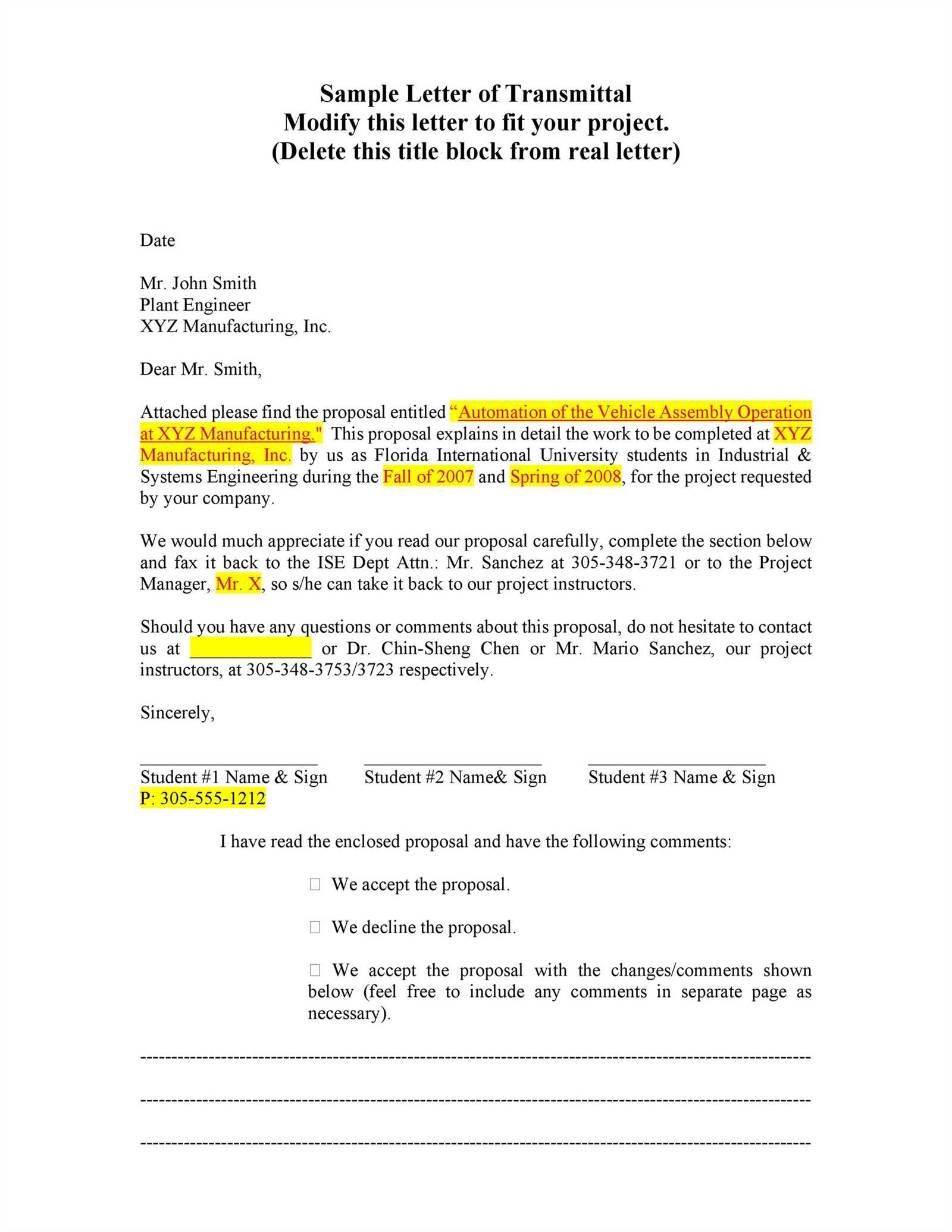
To better understand how to craft an effective introductory note, reviewing practical examples can provide valuable insights. Below are sample scenarios that demonstrate how to structure this type of correspondence for different professional contexts.
| Context | Purpose of the Document | Key Elements |
|---|---|---|
| Sending a report to a client | To introduce a detailed report and highlight key findings | Introduction, summary of key points, specific recommendations |
| Submitting a proposal to a business partner | To outline the objectives of the proposal and request feedback | Introduction, purpose of the proposal, call for feedback |
| Delivering project deliverables to a team | To provide the final project materials and ensure proper review | Overview of the materials, review instructions, next steps |
Benefits of Using a Standard Format
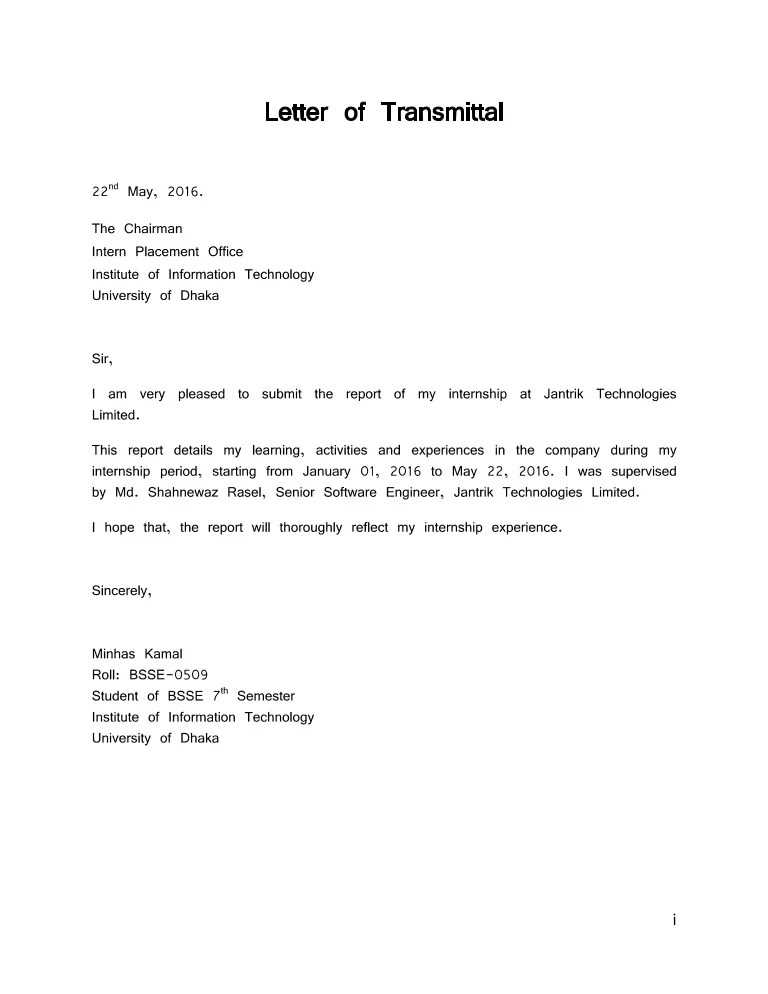
Adopting a consistent format for your accompanying documents offers numerous advantages, both in terms of efficiency and professionalism. A standardized approach ensures that key information is always included, making it easier for recipients to process the material and take appropriate actions.
One of the main benefits is time savings. By using a predefined structure, you can quickly draft your communication without having to reinvent the format each time. This consistency helps reduce errors and omissions, ensuring important details are never overlooked.
Additionally, a uniform format enhances the overall professionalism of your communications. It presents a polished image to recipients, demonstrating that you value organization and clarity. This approach not only fosters trust but also makes your messages easier to navigate and respond to effectively.